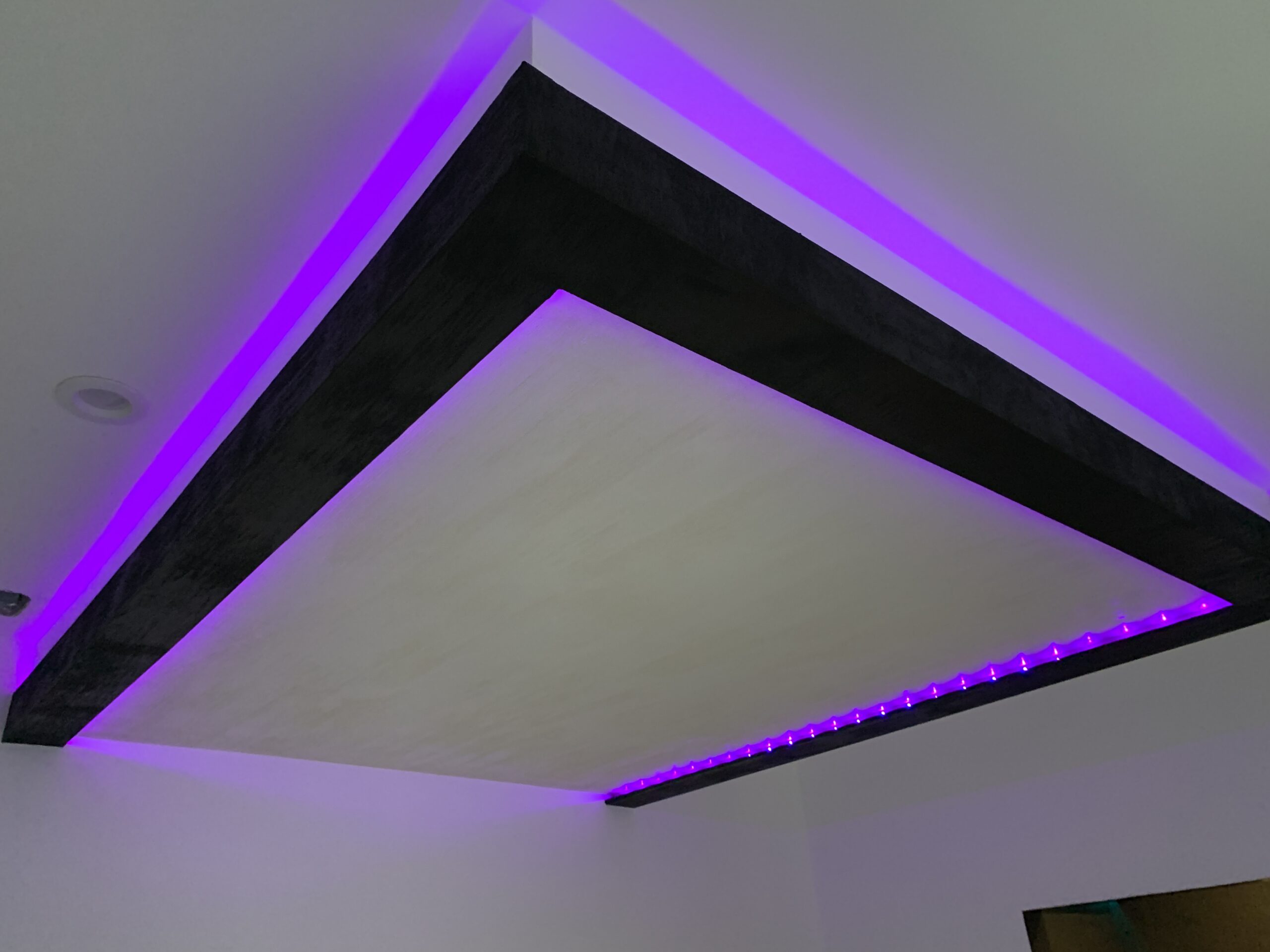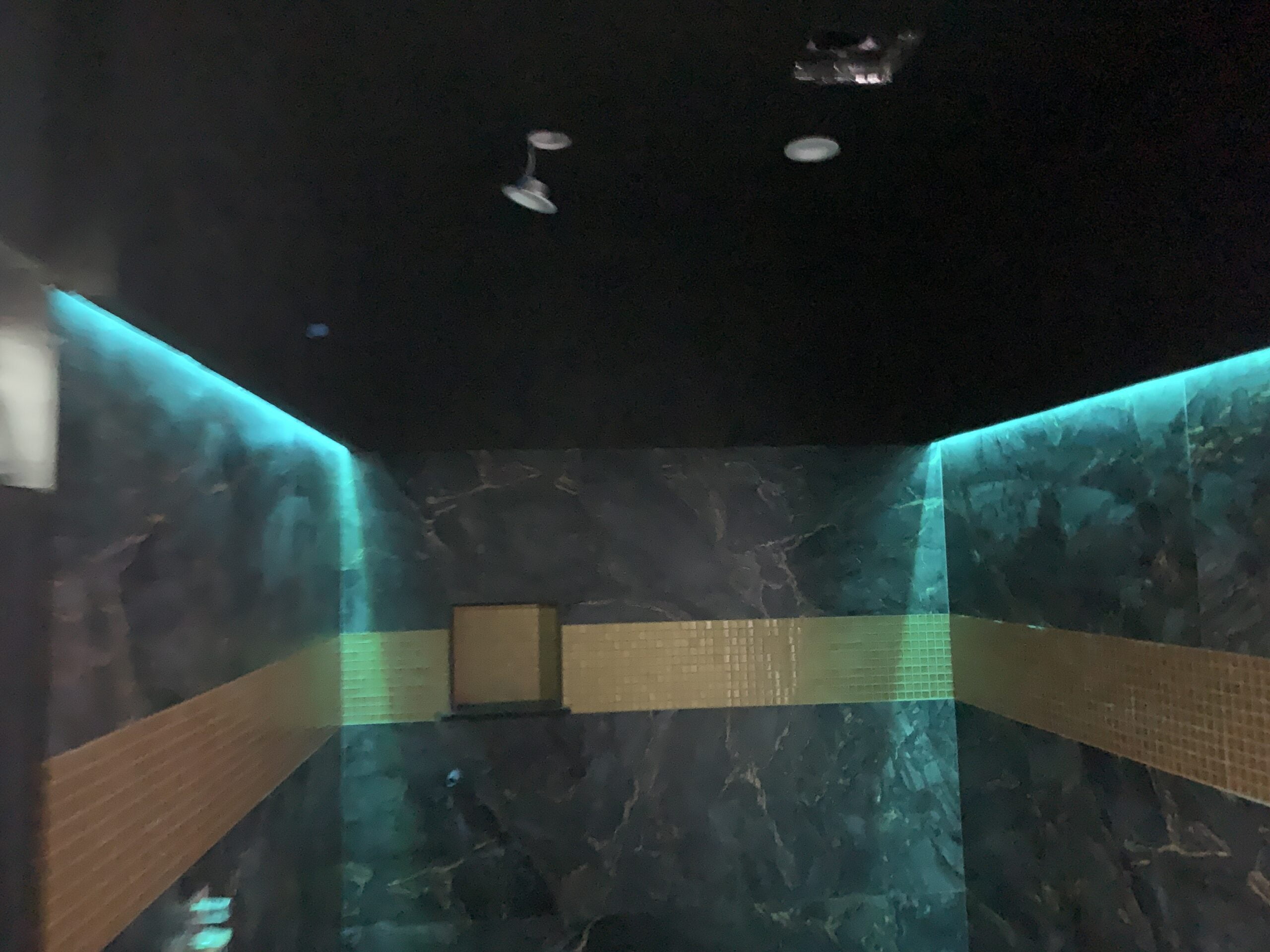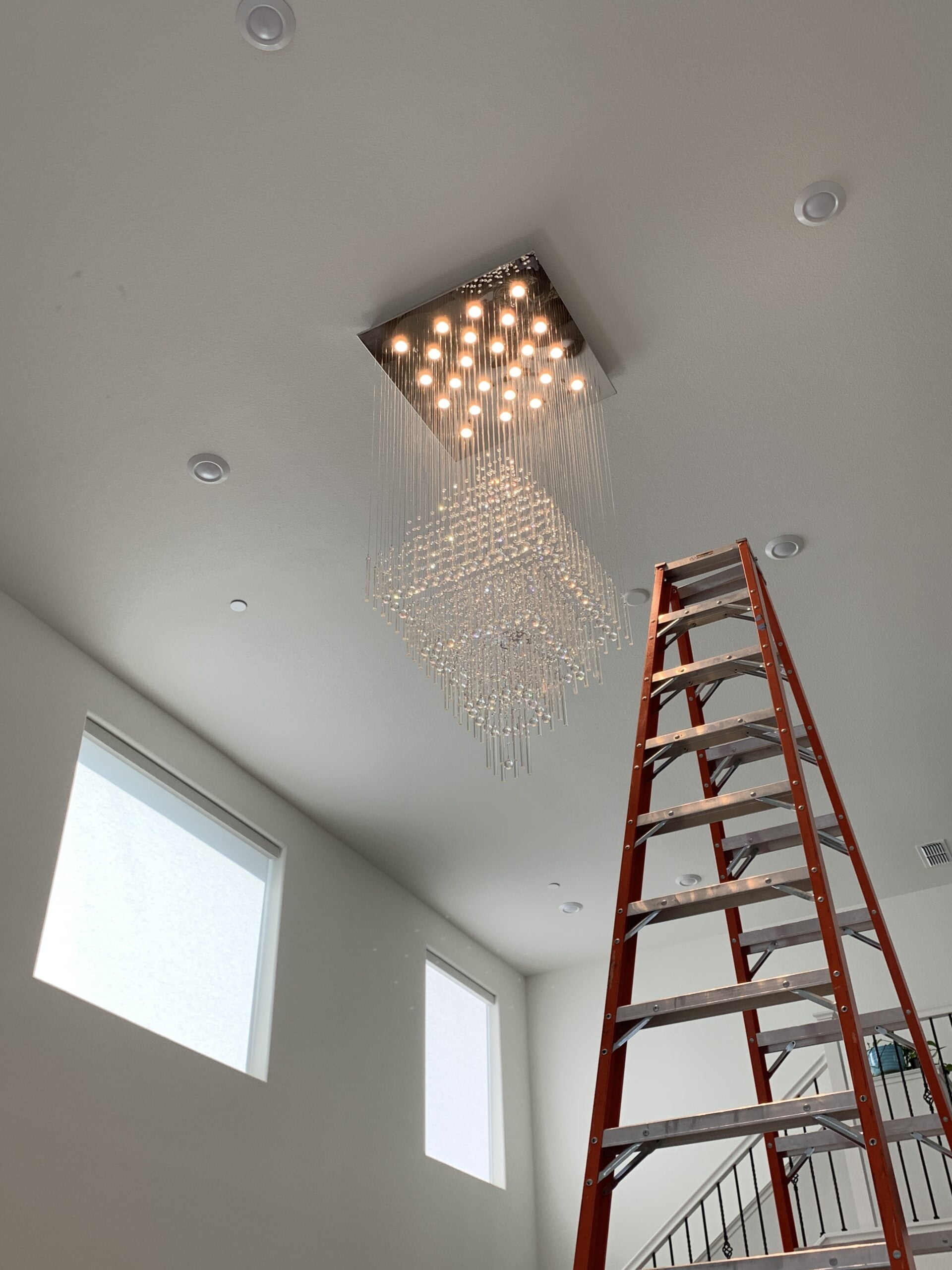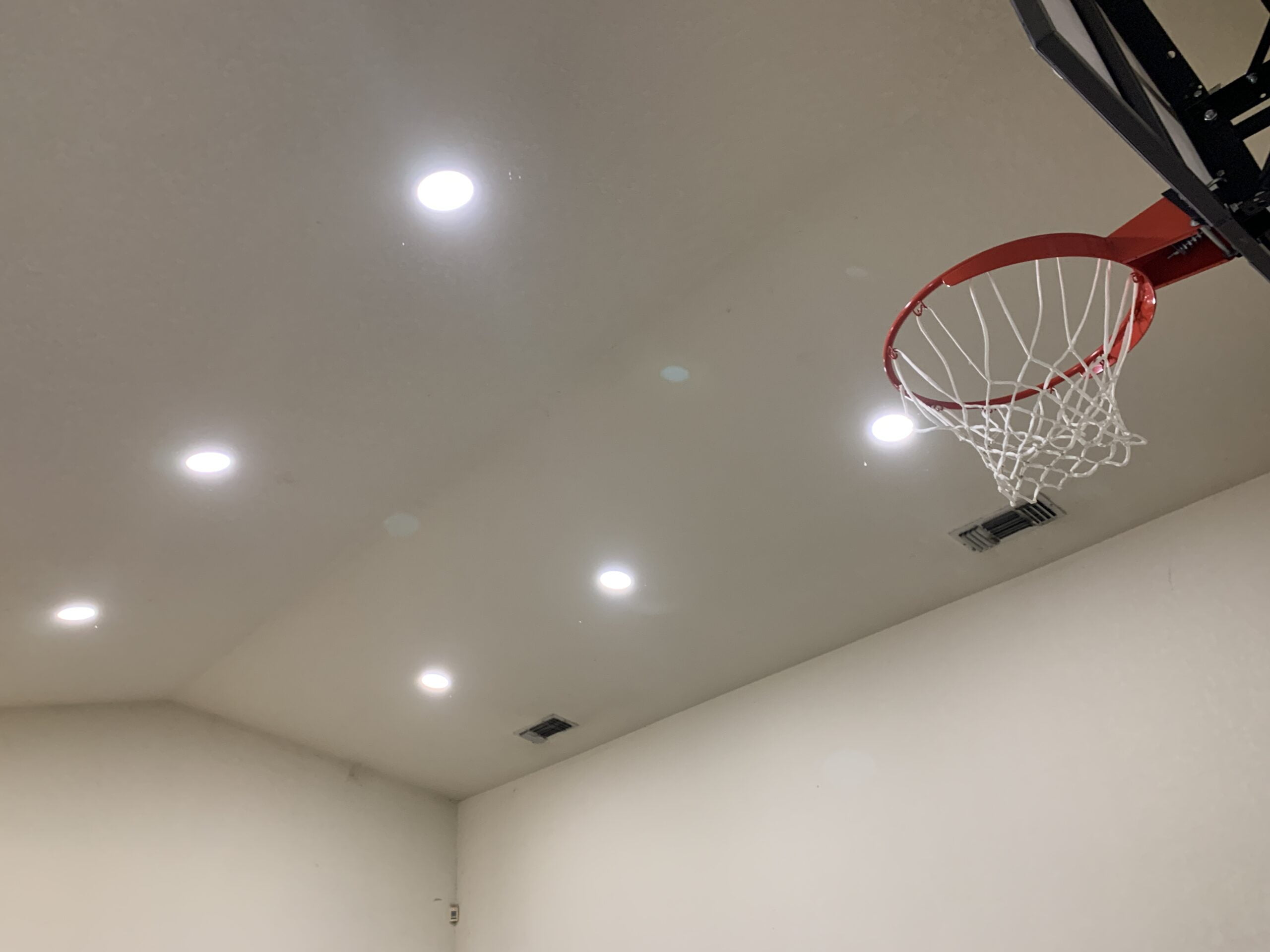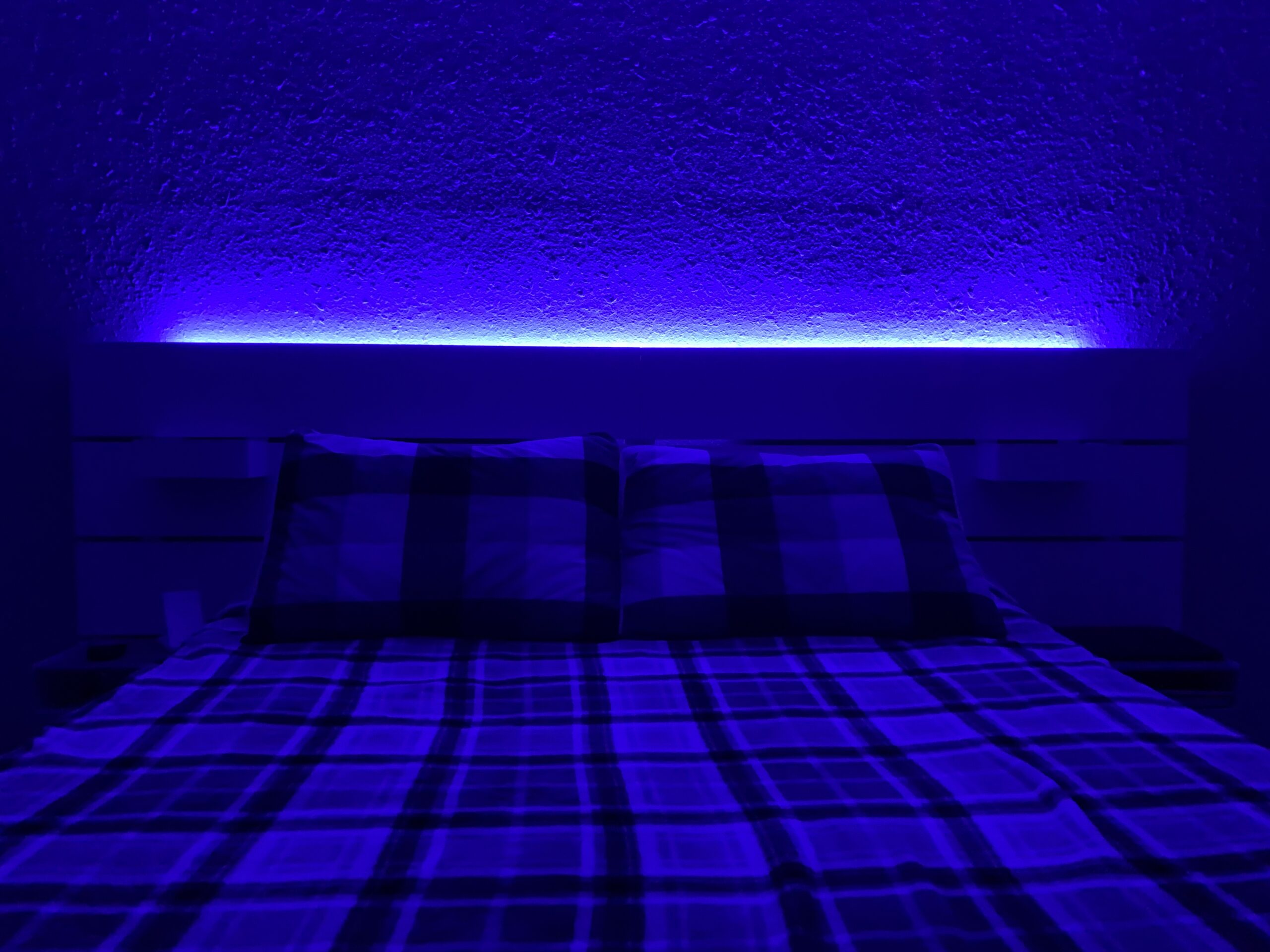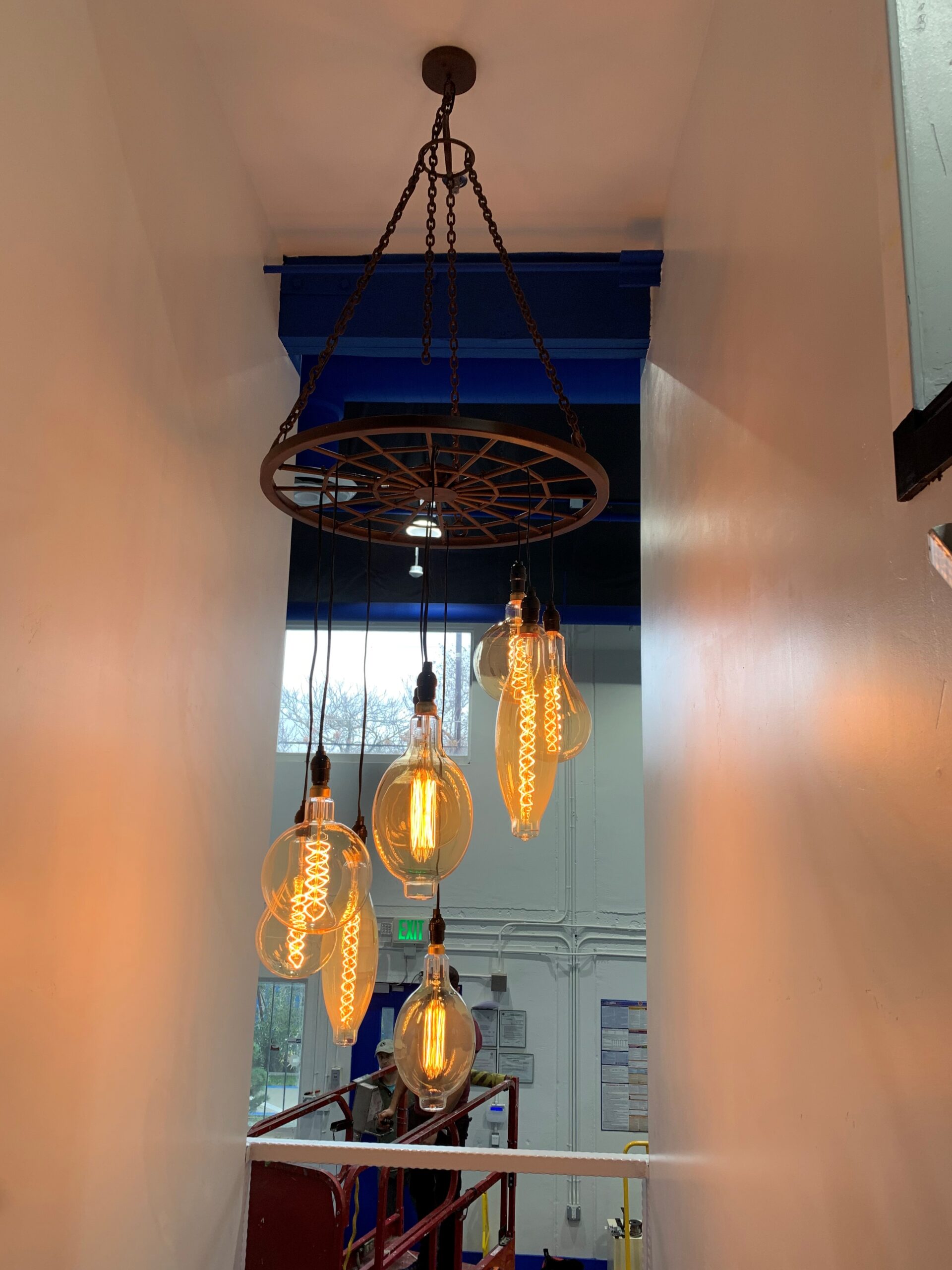Indoor Lighting
With the help of vision, a person receives about 80% of all incoming information, and the level of illumination affects the quality of visual perception of the surrounding world. Good lighting tones up, improves mood and performance. The lack of light, on the contrary, leads to rapid fatigue. In interior design, a very important task is the organization of its lighting. Light design determines the rational distribution of artificial light sources in the premises.
Types of lighting:
Lighting is usually divided into three types: working, background and local, but one more type can be distinguished – decorative.
Working lighting – local, it should be bright, but not strain your eyes. A table lamp, floor lamp or sconce is used as working lighting.
Background lighting is the main one, for which the main thing is to be unobtrusive. For this, a chandelier or ceiling lamp is used, which is installed in the center of the ceiling to get a soft and diffused light.
Local lighting emphasizes individual interior details. Various light bulbs, floor lamps, wall lamps and LED strips are suitable for it.
Decorative lighting includes floor and bed lighting, cabinets and shelves using built-in lighting systems, niche and ceiling lighting. Such lighting creates a cozy atmosphere in your home.
Lighting rules:
The most important rule is that the light should be three-level, which means the use of the main light source (chandelier, fan with light, or Can light), wall and table lamps. Following this rule, get a cozy and pleasant atmosphere.
Do not forget about the location of the switches. For example, in the bedroom, it is advised to install a 3-WAY switch near the bed so as not to get out of bed once again to turn off the light, or use a remote control for lighting.
Some tips from designers:
- in order to achieve a pleasant, homely atmosphere in a modern design using LED strip. It is installed in niches, along the edge of the ceiling or in an arched opening, which gives the interior originality;
- with the help of lighting, you can visually enlarge or reduce the room and divide it into functional zones;
- Large chandeliers and various designs made of glass and plastic are chosen as a ceiling lamp in a spacious room. In a small room, smaller built-in systems and ceiling lamps are chosen;
- if your interior is in dark colors, then you need to choose powerful lamps;
- to expand a narrow room, the lamps are not placed in the center, but closer to one of the walls;
- for low ceilings, choose lamps pointing upwards, and for high ceilings, those that illuminate the walls, leaving the ceiling darkened;
- a narrow corridor is expanded with a number of lamps placed along one wall;
- dimmed lamps create a romantic atmosphere.
Modern interior lighting trends:
1. Multi-level lighting
Modern interior projects mainly provide for several levels of lighting: overhead light, light from lamps, at floor level, illumination of paintings and interior elements. Such lighting preserves the three-dimensional space of the room, emphasizing its depth and comfort.
2. LED light sources
They are gaining popularity more and more, because they consume little electricity. Manufacturers are gradually improving the characteristics of such lamps, looking for new ways to remove heat. Since it has been determined that consumers are choosing warm light colors, the number of LEDs with a color temperature of about 2700 K or lower is increasing.
Hidden light means that the light itself is there, but its source is not visible. Such lighting is placed on top of the cabinets, along the shelves. Linear light sources are used. With hidden lighting, the interior becomes more attractive and cozy.
3. Lighting niches and openings
During construction, a small niche is specially made for vases with flowers, figurines or other decorative items that are illuminated with built-in spotlights. Such a niche becomes a decoration of the room and due to it another tier of light appears.
4. The use of dimmers that regulate the degree of brightness of light sources
Recently, the use of dimmers has become fashionable – these are electrical devices for changing the brightness of light. In the presence of multi-level lighting, you can dim one level so that the other draws attention to some specific interior details (for example, backlighting paintings). Dimmer control is programmable and automated
5. Decorative lights
Using decorative lighting, you can get a starry sky, a dance floor and shimmering walls at home.


